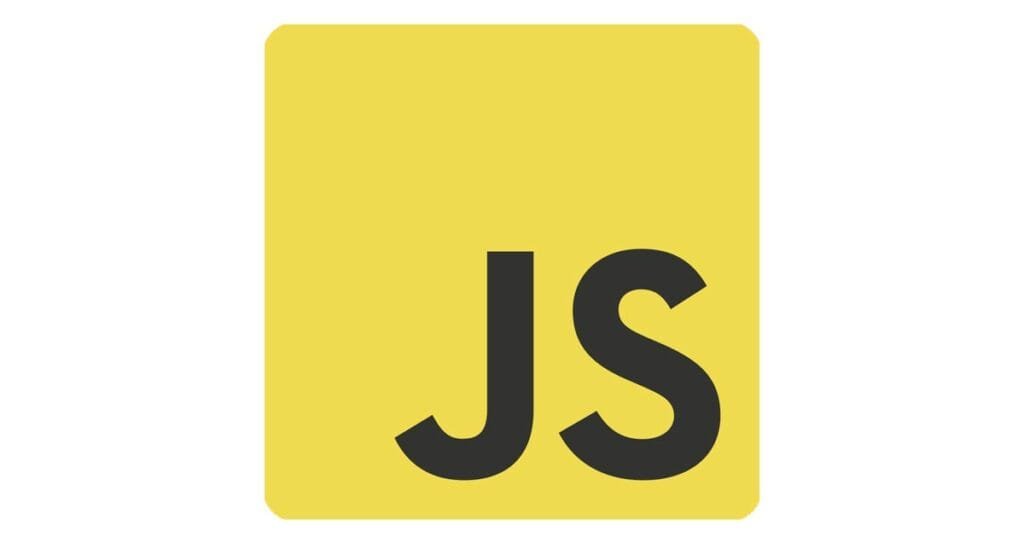Introduction
JavaScript is a powerful and widely-used programming language that plays a crucial role in web development. It is a versatile language that runs on the client side as well as the server side, making it an essential tool for building interactive websites and web applications. In this comprehensive article, we will delve into the world of JavaScript, exploring its history, features, use cases, and future prospects.
Table of Contents
- The History of JavaScript
- Features and Syntax
- Variables and Data Types
- Control Structures
- Functions and Objects
- DOM Manipulation
- Asynchronous Programming
- JavaScript in Web Development
- Client-Side JavaScript
- Server-Side JavaScript
- Popular JavaScript Frameworks and Libraries
- JavaScript in Mobile App Development
- The Future of JavaScript
- Final Thoughts
1. The History of JavaScript
JavaScript was created by Brendan Eich at Netscape in the mid-1990s. Originally known as LiveScript, it was later renamed JavaScript to leverage the popularity of Java. JavaScript was designed as a lightweight scripting language to enhance the interactivity of web pages. Over the years, it has evolved significantly, becoming one of the most widely-used programming languages globally.
2. Features and Syntax
JavaScript boasts a wide range of features and a concise syntax that allows developers to create dynamic and interactive web applications. Here are some key elements of JavaScript:
- Variables and Data Types: JavaScript is a dynamically typed language, meaning that variables can hold values of different types. It supports various data types such as numbers, strings, booleans, arrays, and objects.
- Control Structures: JavaScript offers control structures like if-else statements, loops, and switch statements, allowing developers to control the flow of their code based on conditions.
- Functions and Objects: JavaScript supports both built-in and user-defined functions. It also uses objects extensively, allowing developers to create complex data structures and manipulate them efficiently.
- DOM Manipulation: The Document Object Model (DOM) is a programming interface for web documents. JavaScript enables developers to manipulate the DOM, making dynamic changes to HTML and CSS, and creating interactive user experiences.
- Asynchronous Programming: JavaScript supports asynchronous programming through callbacks, promises, and async/await syntax. This enables developers to write non-blocking code, improving performance and responsiveness.
3. JavaScript in Web Development
JavaScript is the backbone of modern web development, enabling developers to create rich and interactive web applications. Here’s how JavaScript is used on both the client and server sides:
- Client-Side JavaScript: JavaScript runs in the user’s web browser, allowing developers to add interactivity and dynamic content to web pages. It handles tasks such as form validation, event handling, animations, and AJAX requests for seamless data retrieval.
- Server-Side JavaScript: With the advent of server-side JavaScript frameworks like Node.js, JavaScript can now run on the server side as well. This allows developers to build fast and scalable web applications using a single language throughout the entire stack.
4. Popular JavaScript Frameworks and Libraries
JavaScript has a vast ecosystem of frameworks and libraries that simplify web development and enhance productivity. Some of the most popular ones include:
- React.js: A JavaScript library for building user interfaces. It enables developers to create reusable UI components and efficiently update the DOM.
- Angular: A full-featured framework by Google for building dynamic web applications. Angular provides a comprehensive set of tools and features for developing complex applications.
- Vue.js: A progressive JavaScript framework for building user interfaces. Vue.js is known for its simplicity, flexibility, and smooth learning curve.
- Express.js: A minimal and flexible web application framework for Node.js. Express.js makes it easy to handle routes, requests, and views, simplifying server-side JavaScript development.
5. JavaScript in Mobile App Development
JavaScript is not limited to web development alone. It has gained significant traction in mobile app development through frameworks like React Native and Ionic. These frameworks enable developers to build native-like mobile applications using JavaScript, while also offering access to device features and capabilities.
6. The Future of JavaScript
JavaScript continues to evolve and adapt to the ever-changing demands of modern software development. As web and mobile applications become more sophisticated, JavaScript frameworks and libraries are likely to grow in popularity. Additionally, with the rise of technologies like WebAssembly, JavaScript’s performance and capabilities are expected to improve further, making it an even more versatile and powerful language.
7. Final Thoughts
JavaScript is a fundamental language in the world of web development. Its versatility, ease of use, and extensive ecosystem of frameworks and libraries make it an essential tool for creating dynamic and interactive web applications. Whether you’re a beginner or an experienced developer, mastering JavaScript opens up a world of possibilities and empowers you to build cutting-edge software solutions. So dive in, explore the intricacies of JavaScript, and unlock the full potential of web development.
To summarize the key takeaways from this article:
- JavaScript is a widely-used programming language for web development, both on the client and server sides.
- It offers a range of features, including variables, control structures, functions, objects, DOM manipulation, and asynchronous programming.
- JavaScript frameworks and libraries like React.js, Angular, and Vue.js simplify web development and enhance productivity.
- JavaScript is also gaining prominence in mobile app development through frameworks like React Native and Ionic.
- The future of JavaScript looks promising, with continued growth in frameworks, improved performance, and expanded capabilities.
By understanding and harnessing the power of JavaScript, developers can create dynamic, interactive, and high-performing web applications that meet the demands of the modern digital landscape.
I write for and assist as the editor-in-chief for 601MEDIA Solutions. I’m a digital entrepreneur since 1992. Articles may include AI assisted research. Always Keep Learning! Notice: All content is published for educational and entertainment purposes only. NOT LIFE, HEALTH, SURVIVAL, FINANCIAL, BUSINESS, LEGAL OR ANY OTHER ADVICE. Learn more about Mark Mayo



